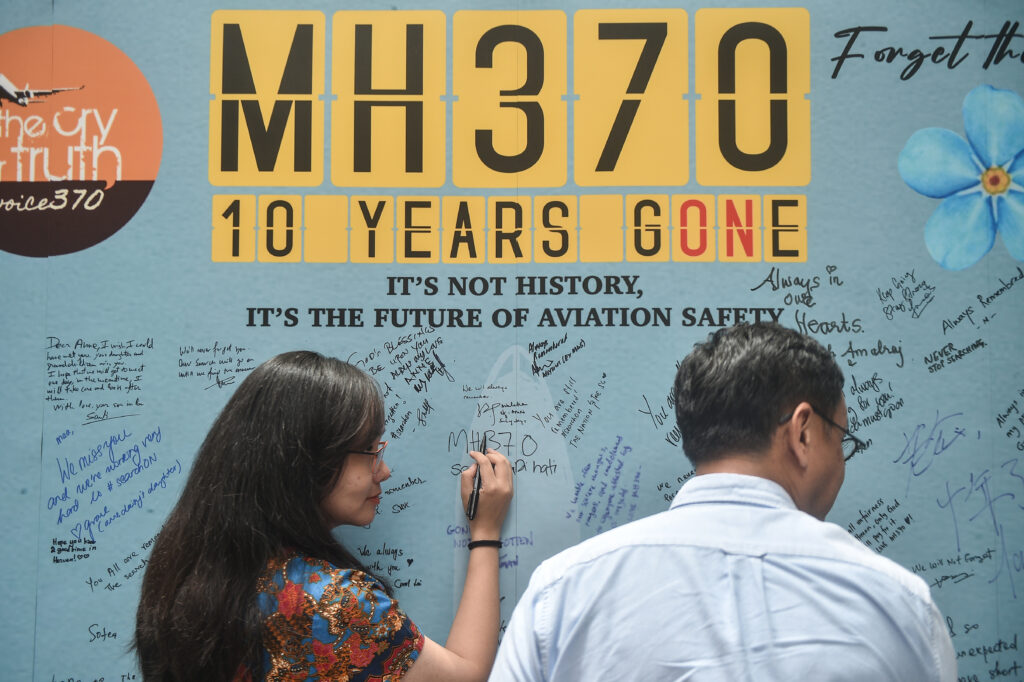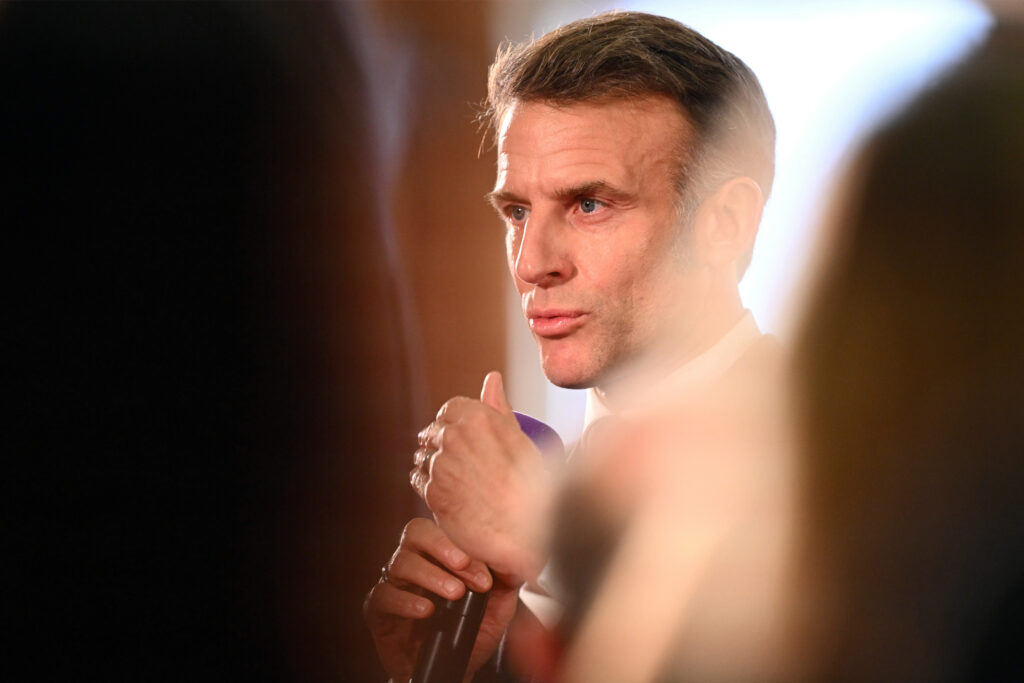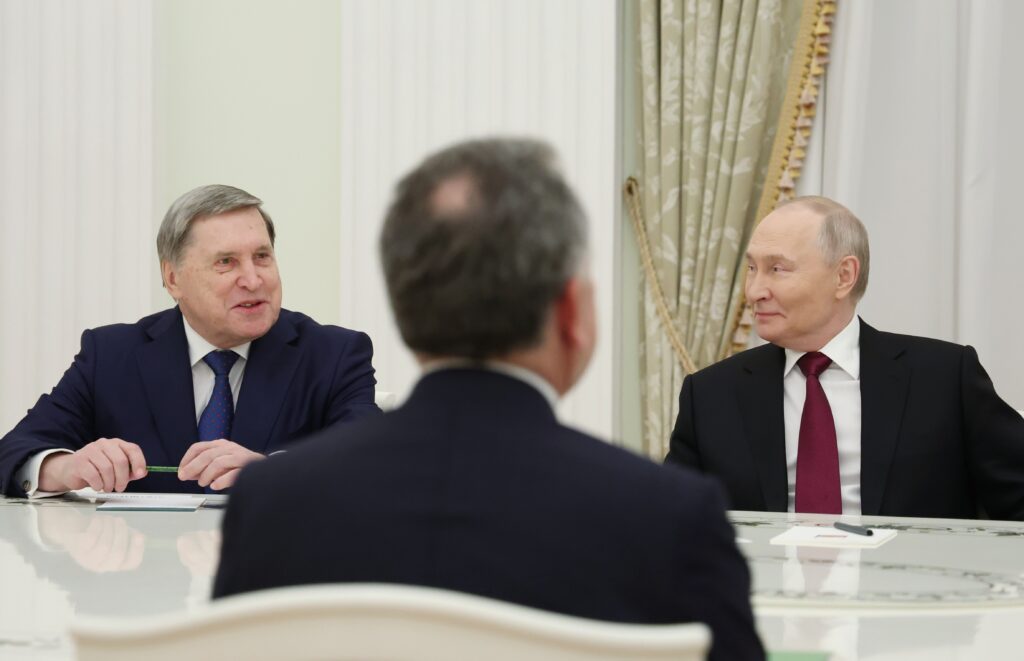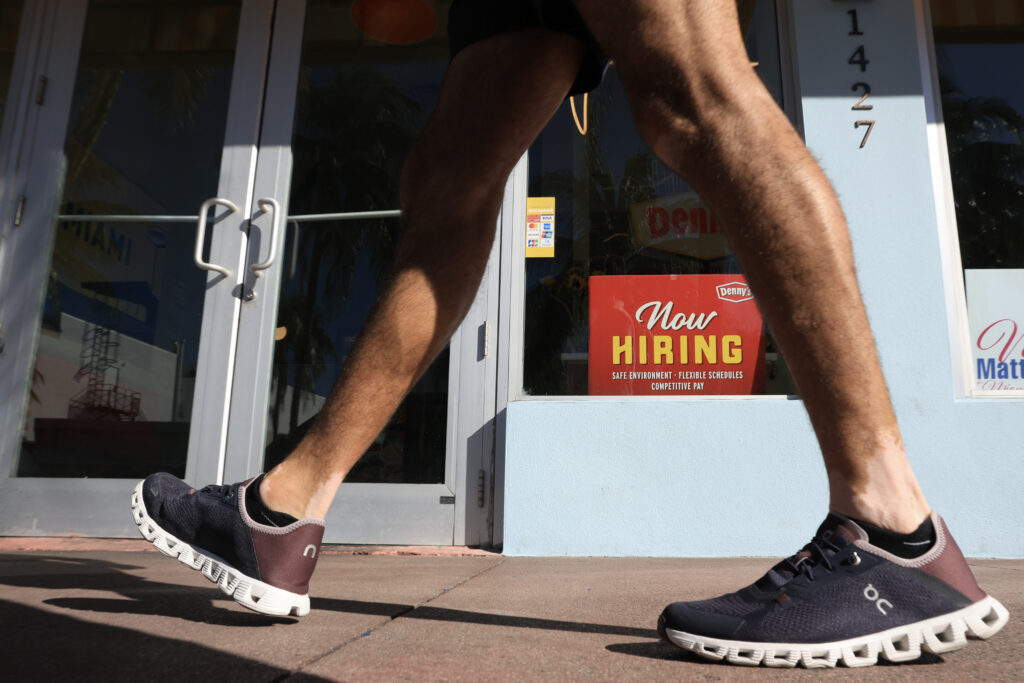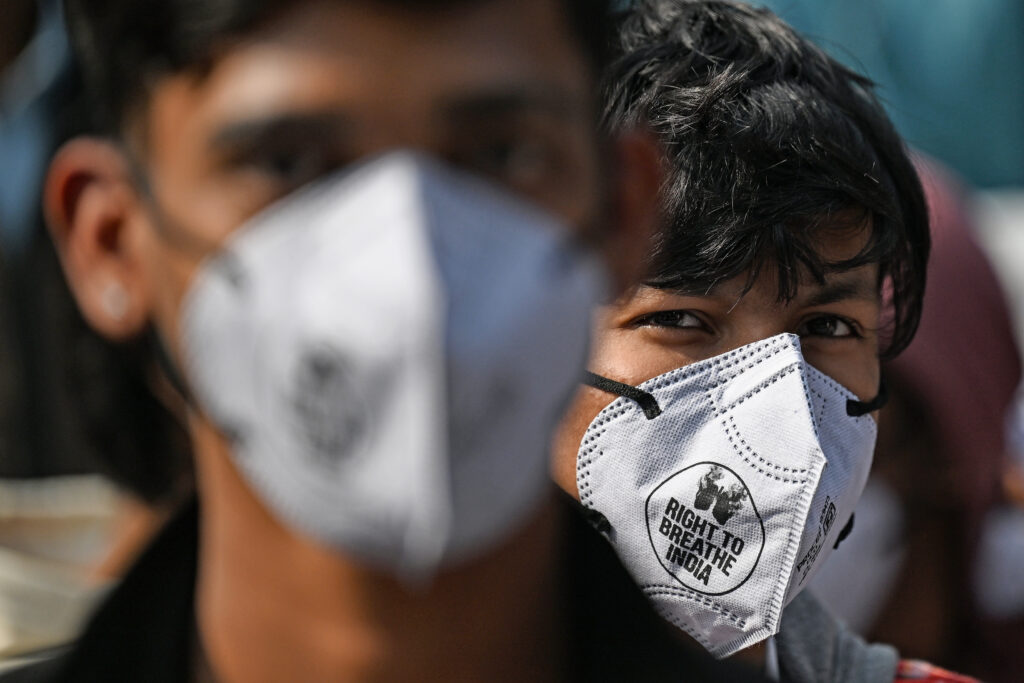Moscou et Kiev se sont déclarés mercredi prêts à poursuivre les pourparlers sur le conflit en Ukraine, au lendemain d’une réunion entre le président russe Vladimir Poutine et l’émissaire américain Steve Witkoff qui n’a débouché sur aucune percée.Ces dernières semaines, Washington cherche à faire adopter un plan de paix par les deux camps après presque quatre ans de combats déclenchés par l’offensive du Kremlin contre l’Ukraine en 2022. Mais la recherche d’un compromis est très difficile, alors que sur le front l’armée russe continue de progresser.Côté ukrainien, le négociateur de Kiev, Roustem Oumerov, doit rencontrer les Européens mercredi à Bruxelles puis commencera avec le chef d’état-major des forces armées, Andriï Gnatov, “les préparatifs d’une réunion avec les émissaires du président Trump aux Etats-Unis”, a annoncé le dirigeant Volodymyr Zelensky, sans plus de détails.M. Oumerov, accompagné d’une délégation ukrainienne, avait déjà mené dimanche des pourparlers en Floride sur ce plan de paix.Pour sa part, le porte-parole de la présidence russe, Dmitri Peskov, a affirmé mercredi que Moscou était prêt à rencontrer “autant que nécessaire” des responsables américains pour trouver une issue au conflit.Cette intense activité diplomatique n’a pas permis pour l’heure d’atteindre un accord, en particulier sur la question clé des territoires: Moscou veut notamment que Kiev lui cède entièrement la région de Donetsk, dans l’est de l’Ukraine, qui est toujours l’épicentre des combats.L’émissaire américain Steve Witkoff, accompagné du gendre du président américain Donald Trump, Jared Kushner, s’est entretenu mardi pendant près de cinq heures au Kremlin avec Vladimir Poutine à propos de ce plan présenté par Washington il y a deux semaines et depuis retravaillé lors de consultations avec les Ukrainiens.Sur la question des territoires contrôlés par la Russie en Ukraine, qui représentent environ 19% du pays, “aucune solution de compromis n’a encore été choisie”, même si “certaines propositions américaines peuvent être discutées”, a ensuite déclaré le conseiller diplomatique du Kremlin, Iouri Ouchakov.”Nous avons pu nous mettre d’accord sur certains points (…), d’autres ont suscité des critiques, mais l’essentiel est qu’une discussion constructive ait eu lieu”, a-t-il ajouté.- Menaces de Poutine -Quelques heures avant sa rencontre avec les Américains, Vladimir Poutine a menacé les Européens, les accusant de chercher à “empêcher” les efforts de Washington pour arrêter le conflit.”Nous n’avons pas l’intention de faire la guerre à l’Europe, mais si l’Europe le souhaite et commence, nous sommes prêts dès maintenant”, a-t-il lancé aux journalistes, en marge d’un forum économique.Des propos qui tranchent avec ceux du chef de l’Otan, Mark Rutte, qui s’est dit peu avant convaincu que les efforts américains en Ukraine “finiront par rétablir la paix en Europe”.Donald Trump a répété mardi que le règlement du conflit en Ukraine était une question complexe. “Ce n’est pas une situation facile, croyez-moi. Quel gâchis”, a-t-il dit.Les Européens craignent que l’administration Trump, soupçonnée de complaisance vis-à-vis de Vladimir Poutine, ne sacrifie la souveraineté de l’Ukraine, considérée comme un rempart face à la Russie.Sur le front, les forces russes, plus nombreuses, poursuivent une avancée continue, bien que lente, dans certains secteurs.Elles ont réalisé en novembre leur plus grosse progression depuis un an, selon l’analyse par l’AFP des données fournies par l’Institut américain pour l’étude de la guerre (ISW), qui travaille avec le Critical Threats Project (CTP, émanation de l’American Enterprise Institute), deux centres de réflexion américains spécialisés dans l’étude des conflits.Mercredi, elles ont revendiqué la prise du village Tchervoné situé dans la région de Zaporijjia (sud) à seulement quelques kilomètres de Gouliaïpole, une ville ayant notamment une valeur historique et symbolique pour Kiev.Ces dernières semaines, la Russie a mené des avancées dans cette zone, tout en continuant à progresser dans d’autres régions.Lundi, elle a revendiqué la prise de la ville de Pokrovsk dans l’est de l’Ukraine, un carrefour clé pour Kiev, ainsi que celle de Vovtchansk, dans le nord-est. Mais l’Ukraine a affirmé mardi que les combats à Pokrovsk se poursuivaient.
